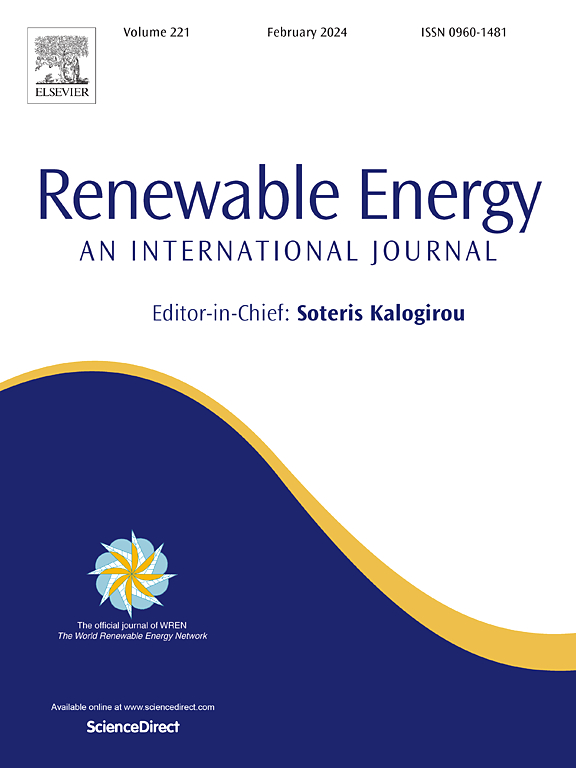Impact of the energy transition in the electricity sector on the environment and climate change in an industrial State of Andhra Pradesh, India: A life cycle assessment approach and policy directions for developing economies
IF 9
1区 工程技术
Q1 ENERGY & FUELS
引用次数: 0
Abstract
The energy transition required to build a sustainable climate-neutral global economy depends on an increase in the share of non-conventional sources in electricity generation. The geopolitics of the world is shifting from petro-economies (fossil-fuel based) to electro-economies (critical mineral based). The current study hypothesizes that transitioning from fossil fuel-based electricity generation to renewable energy (RE) sources is one of the most viable strategies for mitigating greenhouse gas (GHG) emissions and criteria pollutants, thereby protecting the environment from irreversible damage caused by climate change and worsening air quality, since RE technologies do not rely on combustion processes which substantially eliminate the release of harmful emissions. Therefore, the current study employed Life Cycle Assessment (LCA) approach to evaluate impact of energy transition in the electricity sector. The technical boundary is defined as a "Gate-to-Gate" focusing on the combustion phase, with a spatial boundary centered on Andhra Pradesh, India. This region utilizes energy from diverse electricity segments and further leverages Renewable Energy Share (RES) in the electricity mix. The functional unit selected for quantifying impacts was 1 kWh. The air emissions generated from 1 kWh of electricity generation were obtained from the Ecoinvent v3.3 database for different sources, including thermal power plants (Hard Coal and Natural Gas Combined Cycle), Wind turbines, Solar power, and Hydropower plant (Run-of-river, Pumped storage, and Reservoir type alpine region), present in the state. To test the hypothesis, midpoint impact indicators—Global Warming Potential, Photochemical Ozone Formation Potential, and Terrestrial Acidification Potential—were assessed. Endpoint evaluation further analyzed impacts on human health (measured in Disability-Adjusted Life Years) and ecosystems (terrestrial and freshwater species loss) to provide a comprehensive understanding of the environmental benefits of adopting RE technologies. The findings highlight that the environmental impacts associated with electricity generation have decreased, with Andhra Pradesh mitigating substantial emissions through an increased share of renewables in its electricity mix. This study validates the state's commitment to a clean energy transition and its alignment with Sustainable Development Goals (SDGs) related to clean energy and the environment. Additionally, it analyses several policy measures that are in place to encourage adoption of renewable energy and further highlights the drivers and barriers to their inclusion in the electricity mix.
求助全文
约1分钟内获得全文
求助全文
来源期刊

Renewable Energy
工程技术-能源与燃料
CiteScore
18.40
自引率
9.20%
发文量
1955
审稿时长
6.6 months
期刊介绍:
Renewable Energy journal is dedicated to advancing knowledge and disseminating insights on various topics and technologies within renewable energy systems and components. Our mission is to support researchers, engineers, economists, manufacturers, NGOs, associations, and societies in staying updated on new developments in their respective fields and applying alternative energy solutions to current practices.
As an international, multidisciplinary journal in renewable energy engineering and research, we strive to be a premier peer-reviewed platform and a trusted source of original research and reviews in the field of renewable energy. Join us in our endeavor to drive innovation and progress in sustainable energy solutions.
 求助内容:
求助内容: 应助结果提醒方式:
应助结果提醒方式:


